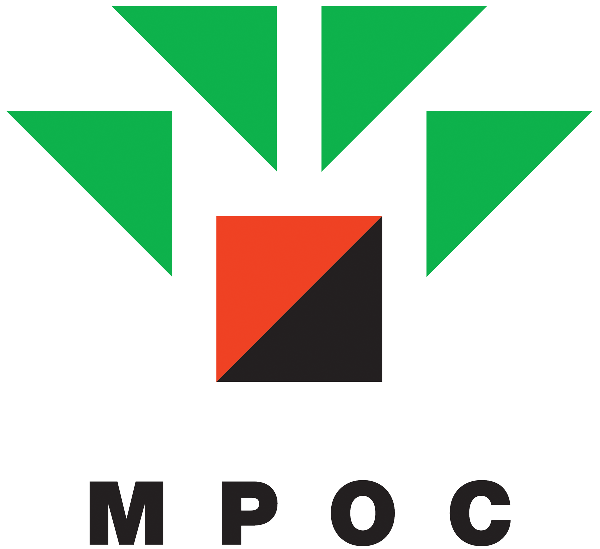1. What is the objective of EUDR country benchmarking?
The objective of the benchmarking is to support the implementation of the EUDR by classifying countries into a low-risk, standard-risk, or high-risk classification for deforestation and forest degradation. This classification:
- helps EU operators assess the deforestation & forest degradation risk associated with the affected seven commodities from a source country.
- enables more targeted and efficient due diligence procedures.
- encourages producer countries to strengthen forest governance and sustainable practices.
- incentivizes countries to reduce deforestation to have a better access to EU markets.
2. How is a country’s risk classification determined? What is the methodology?
The European Commission used a set of criteria and data-driven indicators to assess countries as outlined in EUDR’s Article 29 (3) and Article 29 (4). These cover:
|
Article 29 (3) |
|
|
a. |
Rate of annual deforestation and forest degradation Quantifies annual tree-cover loss and percentage of total forest loss primarily based on FAO FRA data. |
|
b. |
Rate of expansion of agricultural land for relevant commodities Measures yearly hectare-by-hectare increases in crop-specific farmland, revealing how commodity cultivation encroaches on remaining forest areas. |
|
c. |
Production trends of relevant commodities and products Tracks changes in output volumes over time to highlight market demand dynamics that may incentivize land use change and deforestation risk |
|
Article 29 (4) |
|
|
a. |
Climate Commitments (AFOLU Coverage in NDCs) The extent to which the country includes emissions and removals from agriculture, forestry and land use (AFOLU) in its Nationality Determined Contributions (NDCs) under the UNFCCC. |
|
b. |
Agreements with EU Existence of bilateral or multilateral agreements or instruments with the EU or its Member States that specifically address deforestation and forest degradation and support effective compliance with EUDR Article 3. |
|
c. |
Domestic legal framework and enforcement Presence and enforcement of national or subnational laws aimed at tackling deforestation and forest degradation, including alignment with Article 5 of the Paris Agreement and application of sufficiently strong penalties to deter illegal deforestation. |
|
d. |
Transparency & human rights protection Availability and transparency of relevant data, and the existence, enforcement, or compliance with laws protecting human rights, including those of indigenous peoples, local communities and customary land rights holders. |
|
e. |
International sanctions Any sanctions imposed by the UN Security Council or the EU Council on imports or exports of relevant commodities or products from the country. |
3. What does it mean for Malaysia being a “standard-risk” country?
Being listed as “standard-risk” means:
- Full due diligence obligations for all EU operators sourcing from Malaysia. Companies must verify their products are:
- deforestation-free (i.e., not produced on deforested land after 2020),
- legal under Malaysian laws, and
- fully traceable to their origins (via geolocation data)
- No simplification in compliance procedures compared to ‘low-risk’ countries.
- Greater scrutiny by EU competent authorities, subjected to 3% annual compliance checks, compared to 1% for ‘low-risk’ countries.
4. Can Malaysia appeal or improve its ‘standard risk’ classification?
Yes. According to the EC statement, the country benchmarking is not permanent and is subject to a periodic review. Malaysia can submit updated data, including satellite imagery, enforcement records, and certification adoption rates to support for ‘low risk’ classification.
5. What are the advantages of being classified as a ‘low risk’ country?
If Malaysia is upgraded to ‘low risk’, the benefits are:
- Simplified due diligence for EU operators sourcing from Malaysia
- Increased attractiveness to EU importers due to lower compliance requirements (1% annual compliance checks)
- Boost in trade competitiveness
- Enhanced international reputation
It is thus worthwhile for Malaysia to strive for ‘low-risk status’ by aligning its governance, monitoring, and sustainability frameworks with EU expectations.





